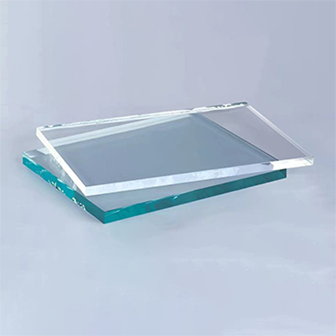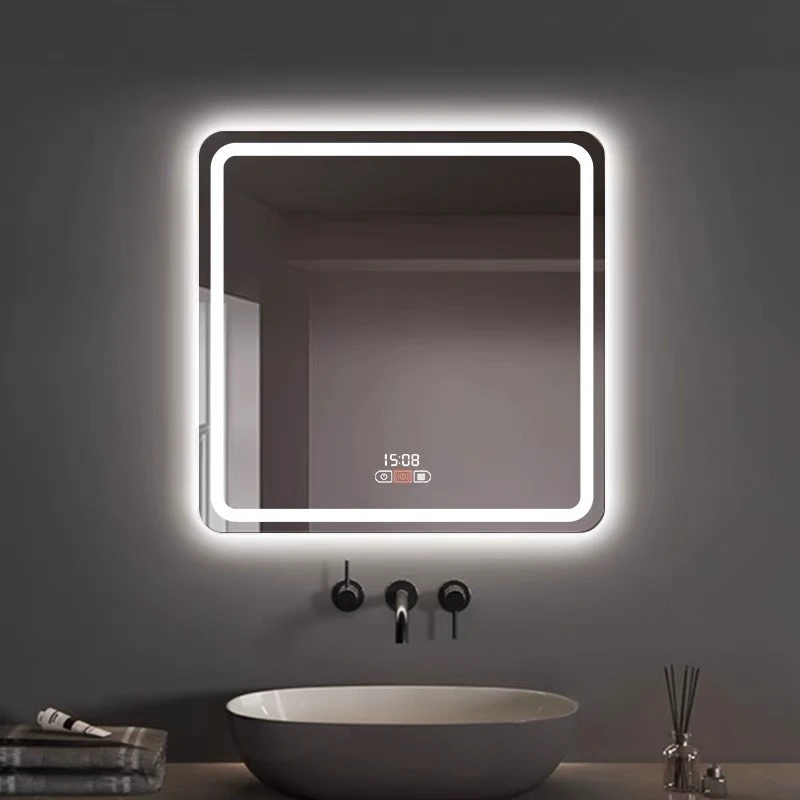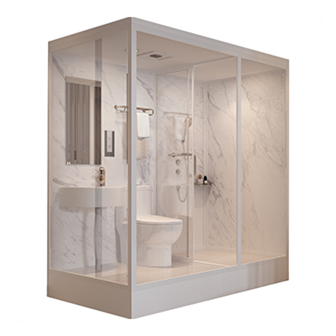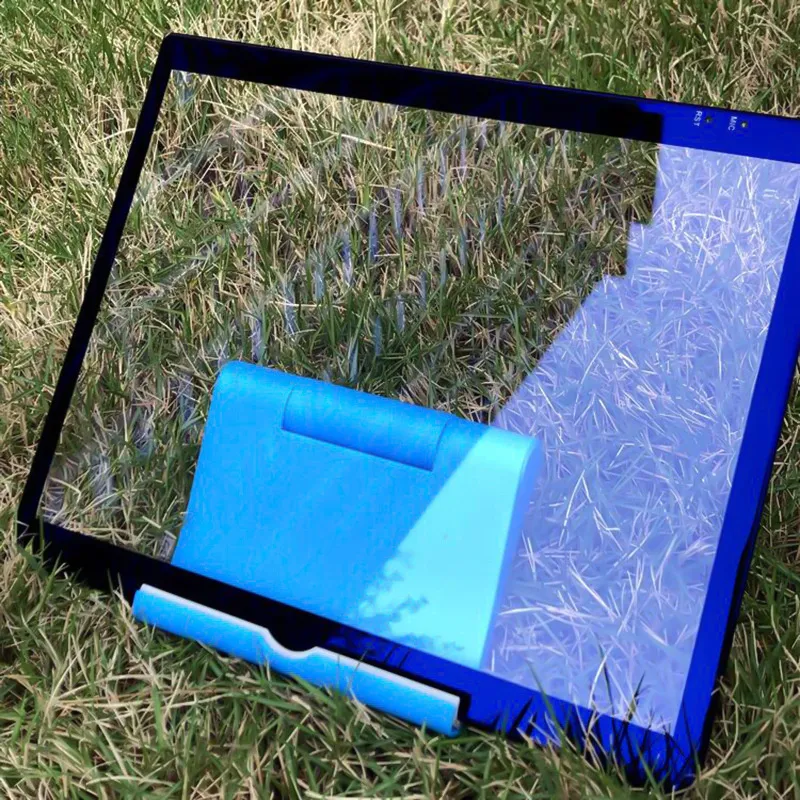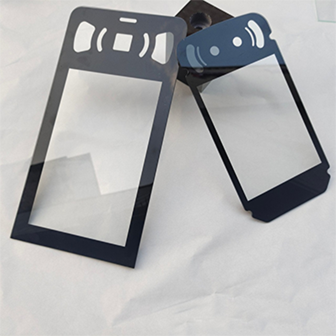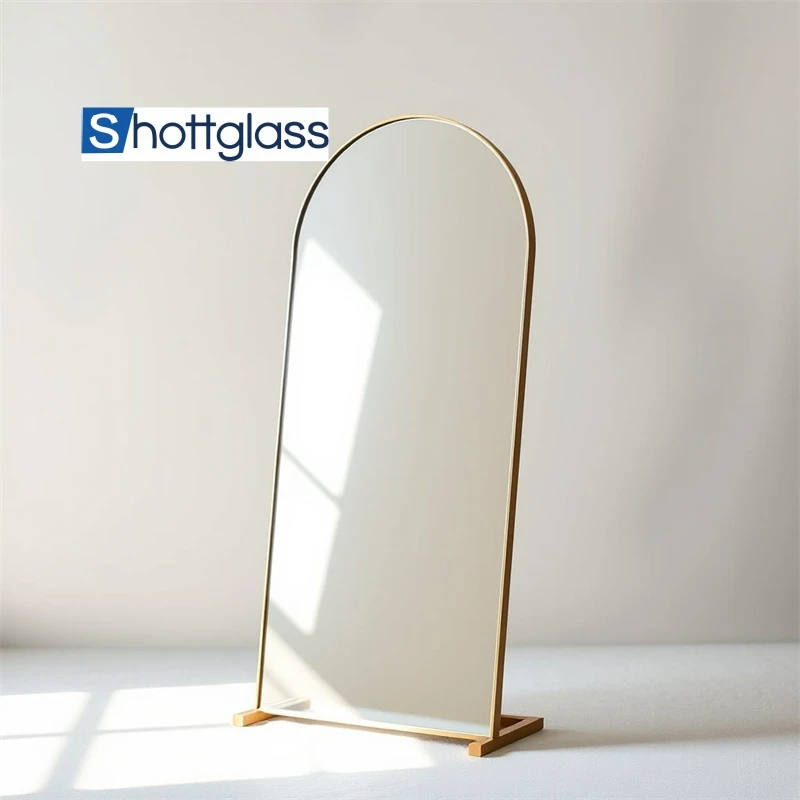Keywords: special glass factory, special glass, special glass types, types of special glass, special glass cutting, ceramic fritted glass
Product: Ceramic Fritted Glass
The special glass factory sector is evolving rapidly—blending advanced materials engineering, automation, and customized fabrication for diverse industrial needs. Among various special glass types in the market, Ceramic Fritted Glass emerges as a premier choice for applications requiring superior chemical resistance, energy efficiency, printability, and design versatility.
This comprehensive analysis covers latest industry trends, detailed manufacturing process flowcharts, material science explanations, industry certification benchmarks, application cases, and data visualization of technical parameters. Our goal is to empower technical buyers, architects, engineers, and B2B clients seeking reliable partners in the special glass factory domain.
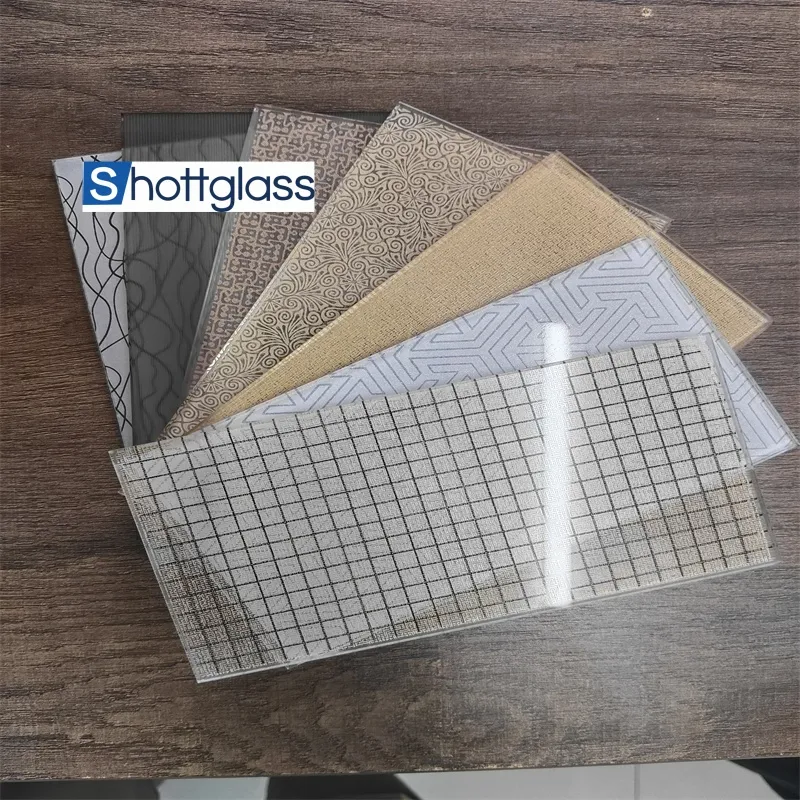
1. Special Glass Industry Trends & Key Special Glass Types
- Global Market Value (2023): USD 68.2 billion; projected CAGR: 6.5% (2024–2030). [Source: Mordor Intelligence, Statista]
- Growth Drivers: Urbanization, smart architecture, chemical & high-temperature needs, eco-friendly design.
- Major Application Sectors: Petrochemicals, metallurgy, construction, public infrastructure, medical, electronics.
- Emergent Trends: Nano coatings, high-strength safety glazing, customizable digital frit patterns, environmentally safe materials.
- R&D Priorities (2024): Durability, anti-glare optimization, thermal insulation, anti-soiling & self-cleaning coatings.
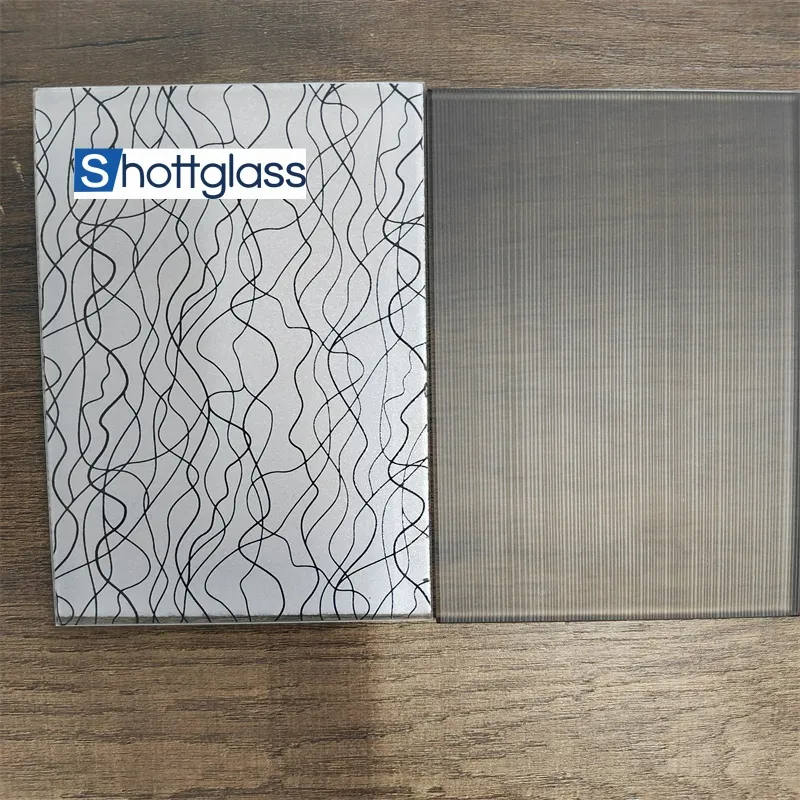
Key Types of Special Glass (special glass types): Laminated Glass, Tempered Glass, Insulating Glass,
Ceramic Fritted Glass, Chemical-strengthened Glass, Low-E Glass, Fire-resistant Glass, Bulletproof Glass, Smart PDLC Glass.
Leading Special Glass Factory Parameters & Capabilities
| Factory Attribute |
Typical Industry Benchmark |
Explanation |
| Maximum Glass Size |
3200mm × 6000mm |
Allows extra-large panels for building cladding, facades |
| Thickness Range |
3mm–19mm (float); 4–12mm (fritted) |
Enables both lightweight and robust specifications |
| Precision Tolerance |
±0.15mm for CNC cutting |
Guarantees fit for architectural/commercial modules |
| Custom Pattern Size |
≥ 0.8mm line width |
Supports high-resolution screen printing |
| Production Automation Rate |
Up to 85% |
Ensures consistency, reliability, and scalability |
| Certifications |
ISO 9001, CE, ANSI Z97.1, EN 12150 |
Internationally recognized quality & safety standards |
| Lifetime (Weather-exposed) |
25–40 years (when installed as per ISO 12543) |
Proven durability in harsh outdoor environments |
2. Special Glass Factory Manufacturing Process—Ceramic Fritted Glass Flowchart & Key Steps
Ceramic fritted glass is crafted by fusing specially formulated ceramic inks onto float glass using advanced screen printing and high-temperature kiln treatments. The final product boasts permanent, scratch-proof, and highly customizable patterns compliant with international standards. Below is an illustrated step-by-step workflow.
Raw Glass Selection
→
Automatic CNC Cutting (accuracy ±0.15mm)
→
Edge Grinding & Polishing
→
Automated Cleaning (ISO 9001:2015)
→
Precision Ceramic Ink Printing (min. 0.8mm line width)
→
Drying Tunnel (110°C, 4–5 min)
→
Baking/Firing in Furnace (650–700°C)
→
Quality Inspection (ANSI Z97.1, EN 12150, ISO 12543)
→
Packing & Shipping
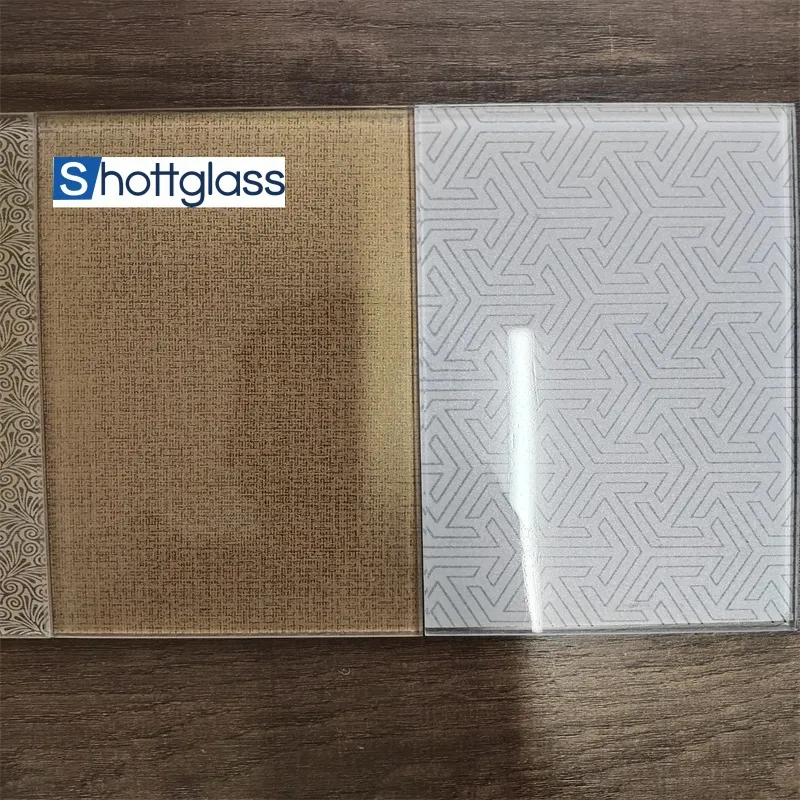
Critical Manufacturing Highlights:
- Material: Premium soda-lime float glass (with custom borosilicate on request), conforming to EN 572.
- Ceramic Ink Composition: Inorganic pigments, glass frit, binders—ensuring lifetime resistance, color stability, and safety for buildings (lead-free options compliant with RoHS).
- Technologies Used: Automated CNC glass cutting, high-precision screen printing, continuous roller kilns for thermal treatment.
- Testing Standards: Fragmentation analysis (EN 12600), adhesion & abrasion tests (EN 13474), optical metrics, ISO 12543 weather resistance.
- Capacity: Leading special glass factory can process >20,000 m²/month.
- Technical Staff: Certified engineers (over 70% with >5 years’ experience)
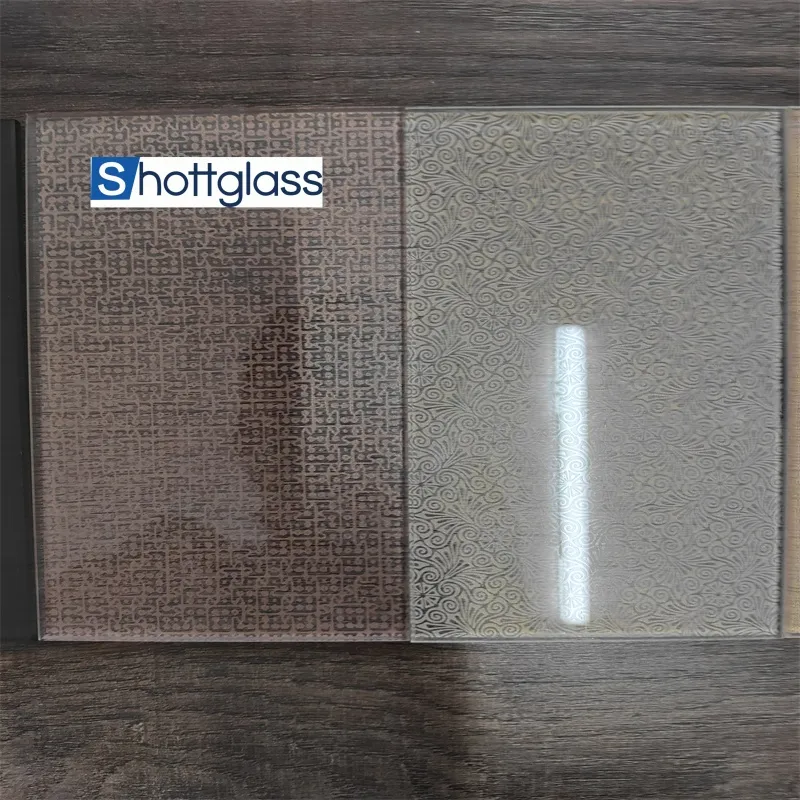
3. Ceramic Fritted Glass Key Technical Specifications
| Parameter |
Ceramic Fritted Glass |
Standard Tempered Glass |
Low-E Glass |
| Thickness |
4–19mm |
4–19mm |
4–12mm |
| Visible Light Transmittance (%) |
8–85 (pattern-dependent) |
85–91 |
55–80 |
| Solar Factor (g-value) |
0.15–0.70 |
0.85 |
0.30–0.50 |
| Scratch Resistance (Mohs) |
6–7 |
5–6 |
5–6 |
| Thermal Stability (°C) |
≤280 °C |
≤250 °C |
≤200 °C |
| Pattern Customization |
Extensive (digital & analog) |
Limited |
None |
| Salt-Spray/Chemical Resistance |
Very High |
Medium |
High |
| Compliance |
ANSI Z97.1, EN 12150, ISO 12543 |
EN 12150 |
EN 1096 |
Ceramic Fritted
Tempered
Low-E
Architectural Use
Transport
Industrial Process
Commercial Interiors
Note:
The above product comparison visualizes why ceramic fritted glass is preferred for moisture-prone, public-facing, and design-intensive projects.
4. Special Glass Factory Advantages & Manufacturer Comparison
| Criteria |
ChinaMirrorGlass
(Top Special Glass Factory) |
Typical Competitor A |
Typical Competitor B |
| Annual Output (m²) |
235,000 |
130,000 |
100,000 |
| Pattern Customization |
Unlimited Digital; Analog |
Limited |
Basic |
| Standards & Certifications |
| Quality System |
ISO 9001, EN 12150, ANSI Z97.1, RoHS |
EN 12150 |
EN 12150 |
| Cycle Time (days) |
10–18 |
14–25 |
21–30 |
| After-sales Support |
24/7, Multilingual, Site Inspection |
Email only |
Email only |
| Warranty |
5–10 years |
1–2 years |
3 years |
| OEM/ODM Services |
Yes (Customized logo/pattern/packaging) |
Partially |
No |
| Global Project Experience |
>18 years; 30+ countries |
6 years |
4 years |
Takeaway: The best special glass factory is distinguished by high-tech CNC processing, stringent QC, deep standards compliance (ISO 9001/EN 12150), and exceptional after-sales engineering.
5. Special Glass Cutting, Customization and Engineering Support
- Precision Cutting: CNC/Waterjet/Manual for odd shapes; ±0.15mm accuracy; bevels, holes, lamination-ready.
- Design Engineering: 1:1 CAD/DXF integration; tailored to customers' facade, partition, and unique architecture specs.
- Color & Pattern Matching: RAL, Pantone, full digital printing possible; privacy zones, corporate graphics embedded.
- Packaging: Export-grade wooden crates, vacuum protection; anti-static films for electronics-industry requirements.
- Installation Support: On-site consulting; EN 14449 and ISO 12543 compliant installation guides.
- Logistics: Sea, air, and multimodal; container111 consolidation for global B2B.
6. Application Scenarios & Project Cases
1. Petrochemical Plant Control Rooms (Middle East)
Design demanded glass with maximal opacity, chemical stability, and anti-static properties. Ceramic fritted glass outperformed due to its high salt/fume resistance—maintenance-free over 12 years.
Quote: "After 8+ years, still meets ISO 12543 standards, zero yellowing. Installation support was first-class." — Site Manager
2. Public Transport Hubs (Singapore & EU)
Patterned special glass shields glass from vandalism/graffiti and glare, sharply improving safety and service life; graffiti is easily cleaned as ink is fired into surface crystal.
3. High-Rise Green Buildings
Achieved BREEAM/LEED credits via custom-printed frit patterns that lower solar heat gain by 30%, reducing HVAC costs.
4. Cleanroom Laboratories (USA)
Fritted glass specified for non-porosity and micro-dust elimination; compliant to EN 12543, ensuring lab safety.
7. Industry Certifications, Delivery Timeline & Quality Commitment
Certifications:
- ISO 9001:2015 (Quality Systems Management)
- EN 12150 (Safety Glass for Construction)
- ANSI Z97.1 (US Safety Glazing Standard)
- RoHS (Lead-free Environmental Compliance)
Delivery: Standard orders ship in 12–19 days, urgent/priority orders possible on request.
Warranty: 5–10 years product guarantee (non-delamination, colorfastness, weather ability; see contract for full details).
Global Support: 24/7 technical backup; pre-sale design, post-sale site visits, and annual service review.
8. Professional FAQ: Special Glass Factory Technical Terms
Q1: What is the base material used in ceramic fritted glass?
A: Mainly premium float glass made from soda-lime-silica group, deliverable in borosilicate for extra chemical and thermal resistance.
Q2: How is edge treatment performed during special glass cutting?
A: Options include arris (seamed), polished, beveled, and CNC-precision edge for safety, appearance, and fitting. Edge polishing reduces microcracking for higher mechanical strength.
Q3: What thickness tolerance does a top special glass factory guarantee?
A: ±0.15mm for CNC and ±0.2mm for manual cuts; vital for segmented facades and curtain wall installations.
Q4: Which industry standards must special glass comply with?
A: ANSI Z97.1, EN 12150 (impact safety, fragmentation), EN 12543 (laminated/fritted durability), RoHS/REACH for eco-compliance.
Q5: What's the maximum pattern resolution in ceramic frit printing?
A: Down to 0.8mm line width; high-resolution digital patterning enables detailed corporate branding or shading optimization.
Q6: How long is the expected lifetime of ceramic fritted glass in harsh environments?
A: >25 years in exposed conditions with minimal color fading and zero delamination, per ISO/EN tested projects.
Q7: What installation protocols assure maximum performance?
A: EN 14449-1 for lamination, ISO 12543-1 for fritted glass, plus certified installer training for joint integrity and weatherproofing.
References and Further Reading






